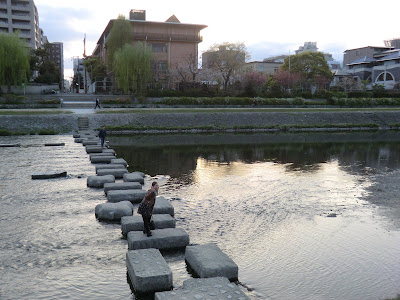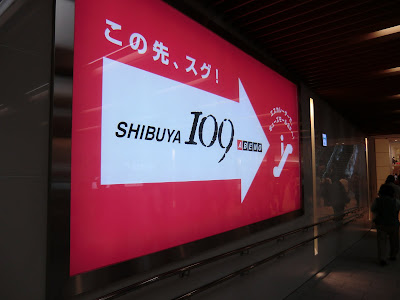I do not have so much knowledge about a photograph and a photographer. When I watched the films,
Annie Leibovitz: Life through a Lens (Leibovitz, 2008) and
War Photographer (James Nachtwey) (Frei, 2001), however, I was impressed by the photos which were taken by two famous photographers, Leibovitz and Natchtwey.
According to the film Annie Leibovitz: Life through a Lens (Leibovitz, 2008), Leibovitz was grown up in a big family and she spent a lot of time in a car. Since she saw beautiful scenery from the car window, she mentioned that it gave good influence to her artistic sense. In the film, one speaker said Leibovitz thought camera as a member of family, I think it shows how much she liked camera and carries it with her all the time.
When I was looking Leibovitz work, I noticed several things. I found she is good at taking a photo which many people in the scene. Those pictures, I posted above, sometimes look like a painting. I think that each people's standing position is perfectly good and the effect of shadow is great.
I also realized that she is good at taking picture one person is in it. In the film, one person mentioned that Leibovitz observes the situation in front of her well and try to understand the atmosphere of the situation. I think it makes her to be able to take pictures that really represents the personality or character of the people who are taken the photos.
Since Youichi Watanabe, a war photographer, is getting popular in Japan, I was excited to watch the film about war photographer in the class. I, however, became kind of sad by looking at the pictures which were taken by Natchwey. It was because the photos taken by him had strong impact on me.
According to the film, War Photographer (James Nachtwey) (Frei, 2001), Natchtwey decided to be a war photographer during Vietnam war, because he was effected by the war pictures. It took long time for him to be confident in himself being a photographer. For him, taking war photos is witnessing the history. It is very dangerous to take pictures during war, but he thinks that being in the dangerous situation is an essence of adventure.
When I looked at the situation Natchtwey takes photo in the film, I thought if I were the people who are taken photo by him, I would be mad or upset, because even though those people are in the difficult situation, Natchtwey takes photos of them anyway. To me, it seemed like Natchtwey is kind of too careless about people's feeling. I, however, was changed by one of Natchtwey's word. He said like people who are taken photos by him understand that taking their photo makes it possible to send their voice and real time situation to other nations. It totally made sense to me.
I learned from Leibovitz, it is very important to observe the situation in front of me and try to understand it when I take pictures. From Natchtwey, I learned that trying to take pictures that shows people's real life or real cultures which people have to spread true idea to people who do not really know about them.































